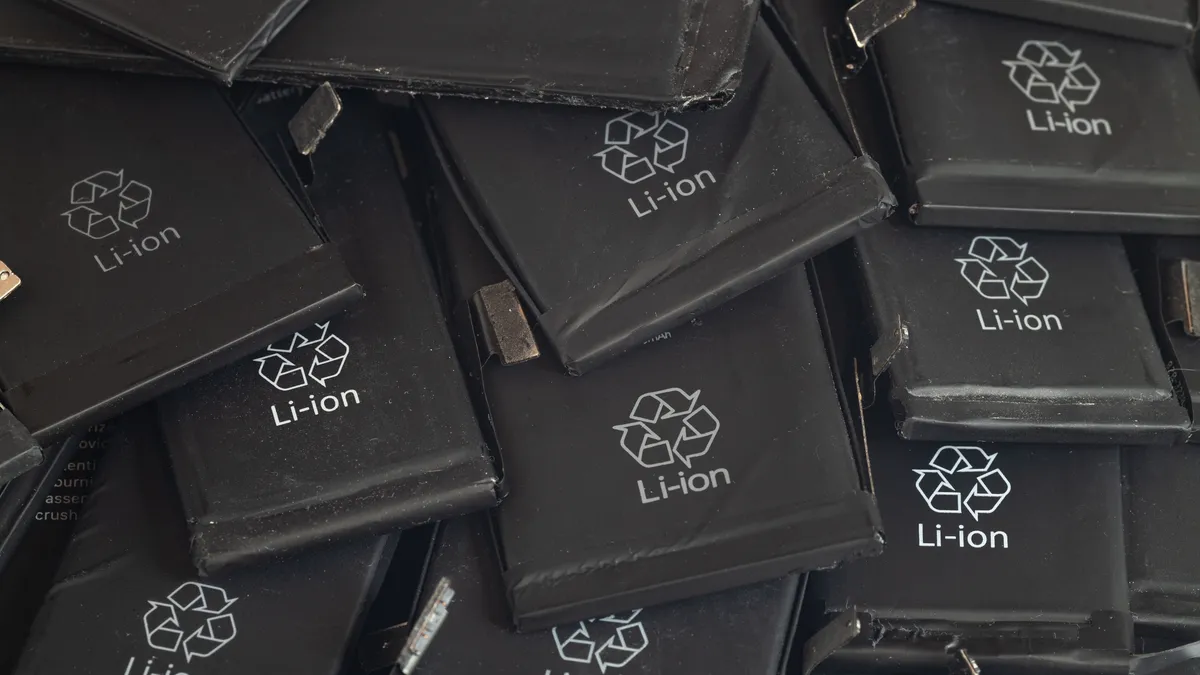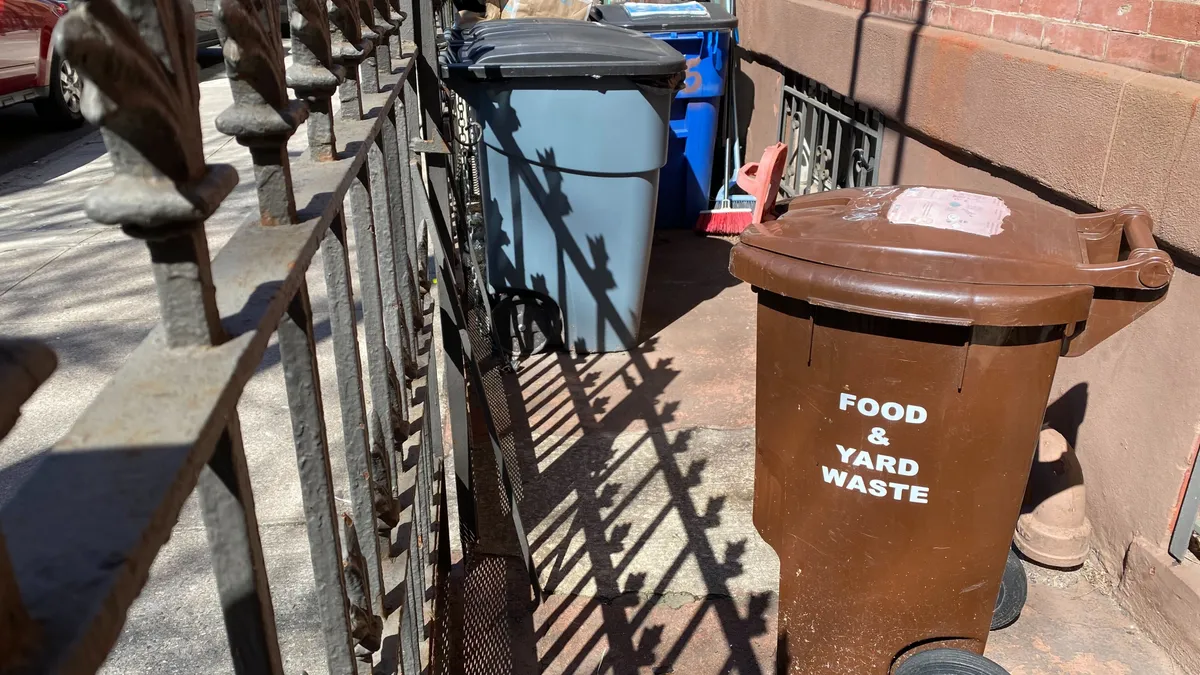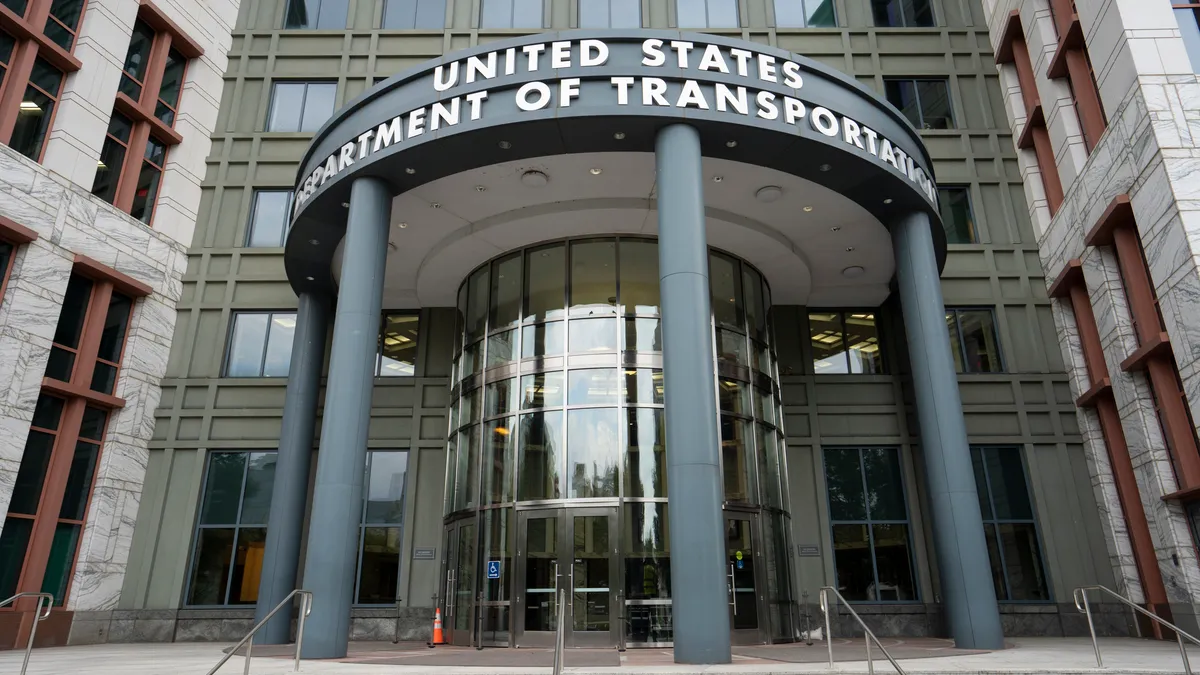Fires at waste and recycling facilities continued to be a problem in 2022, with at least 390 incidents reported by the media in the United States and Canada, according to data from Fire Rover, a fire suppression system company.
During a recent webinar hosted by the National Waste & Recycling Association, Ryan Fogelman, a partner at Fire Rover, said that number is the highest since he started collecting fire incident data in 2016. That compares to 367 reported incidents in 2021 and 317 in 2020. In 2022, waste and recycling facility fires caused 56 reported injuries and 2 reported deaths, he said.
The industry has long suspected that lithium-ion batteries are a growing fire hazard because of their tendency to ignite when crushed or bent — and their increasing prevalence in everything from light-up shoes to birthday cards. Recent state and federal actions aim to curb fires by bolstering safe collection strategies.
Pinpointing the cause of these fires can be tough, Fogelman said, partly because media reports often don’t list a cause, but anecdotal reports show a significant portion of facility fires are related to batteries. Waste and recycling operations face other diverse fire hazards because of the nature of their facilities, he said, which often house large machinery, store combustible chemicals and perform hot work tasks that can emit sparks.
“We’re starting to see some really serious lithium-ion battery-specific fires,” he said.
In a recent example, operators of the Seminole County Central Transfer Station in Florida, which experienced a fire in December that caused almost $500,000 of damage, told local news station WESH that the fire was likely caused by lithium-ion batteries.
Batteries are also to blame for smaller fires. In February, a laptop caught fire inside a Rumpke Waste & Recycling truck in Columbus, Ohio, prompting the driver to pull into an empty parking lot to dump the load. Officials in both incidents urged residents not to put battery-containing items in the trash, instead asking them to take batteries to a nearby hazardous waste disposal facility or to a retailer that offers recycling options.
Organizations are working to gain better insight on facility fires. The Environmental Research & Education Foundation is collecting data on the frequency and cause of fires at MRFs and scrap recycling facilities, saying there is not enough information on overall facility fire causes and to what extent such batteries are contributing to the fires.
Recent changes to state laws prompting agencies to collect more data on waste and recycling facilities could also influence how fires get reported, Fogelman said. Fire Rover’s data is based only on incidents that are reported in the media, meaning actual fire numbers from batteries and other causes are likely to be higher, he said.
Future policy and investments could help influence how lithium-ion batteries are collected, stored and disposed.
Washington’s state legislature is mulling an extended producer responsibility bill for batteries meant to reduce fire danger at waste facilities and increase battery recycling rates. The bill, which passed the state Senate earlier this month, also calls for a public education component. “It’s urgent we take action to ensure these products containing hazardous materials don’t continue to pile up in our landfills or other places they can cause health and safety concerns,” said state Sen. Derek Stanford, the bill’s sponsor, in a news release.
California passed two battery bills last year, including a battery EPR bill meant to make drop-offs easier and reduce collection vehicle and recycling facility fires.
Meanwhile, the U.S. EPA is in the process of creating best practices for reducing improper battery disposal and increasing access to safe collection, a task funded by $10 million from the 2021 infrastructure law. The EPA anticipates that report will be published by Nov. 15. An additional $15 million is meant to help develop voluntary labeling guidelines for batteries, due by Sept. 30, 2026. NWRA and the Solid Waste Association of North America have submitted comments, saying the initiatives are major safety priorities.
The federal government also sees lithium-ion battery recycling as a key investment and job opportunity. The 2021 infrastructure law included a total of $335 million in funding for lithium-ion battery recycling, and the Department of Energy is in the process of determining how to allocate funding for initiatives such as battery collection, transportation, processing, and recycling.
Members of SWANA and the Institute of Scrap Recycling Industries discussed the impact of lithium-ion battery fires during a U.S. Senate Environment and Public Works Committee hearing on Tuesday, where they noted ongoing challenges and costs associated with keeping the batteries out of MSW streams despite growing investment in battery recycling efforts.
NWRA, along with SWANA and ISRI, jointly developed a best practices guide for managing lithium-ion batteries in 2020. It suggests including battery prohibition language in recycling contracts and offers steps to control the materials before they reach a facility. It also suggests identification, housekeeping and fire mitigation strategies.
If a fire does start, Fogelman said it’s good for facilities to have relationships with their local fire officials. Communicate where security boxes, hoses and suppression systems are located on the property, he suggested.
Editor’s note: this story has been updated to include testimony from ISRI and SWANA members during a recent Senate committee hearing.






















